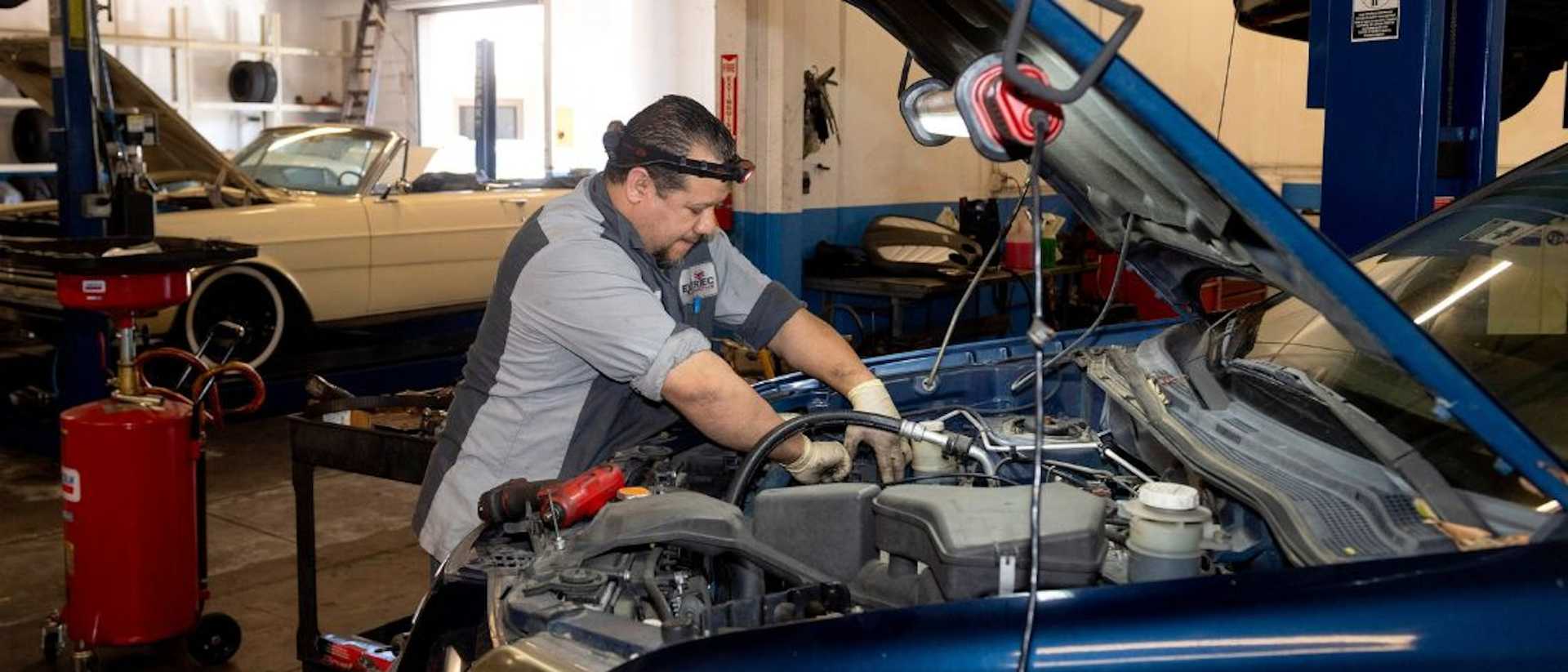Rebates On Solar Panels: Here's Everything You Need to Know in 2023
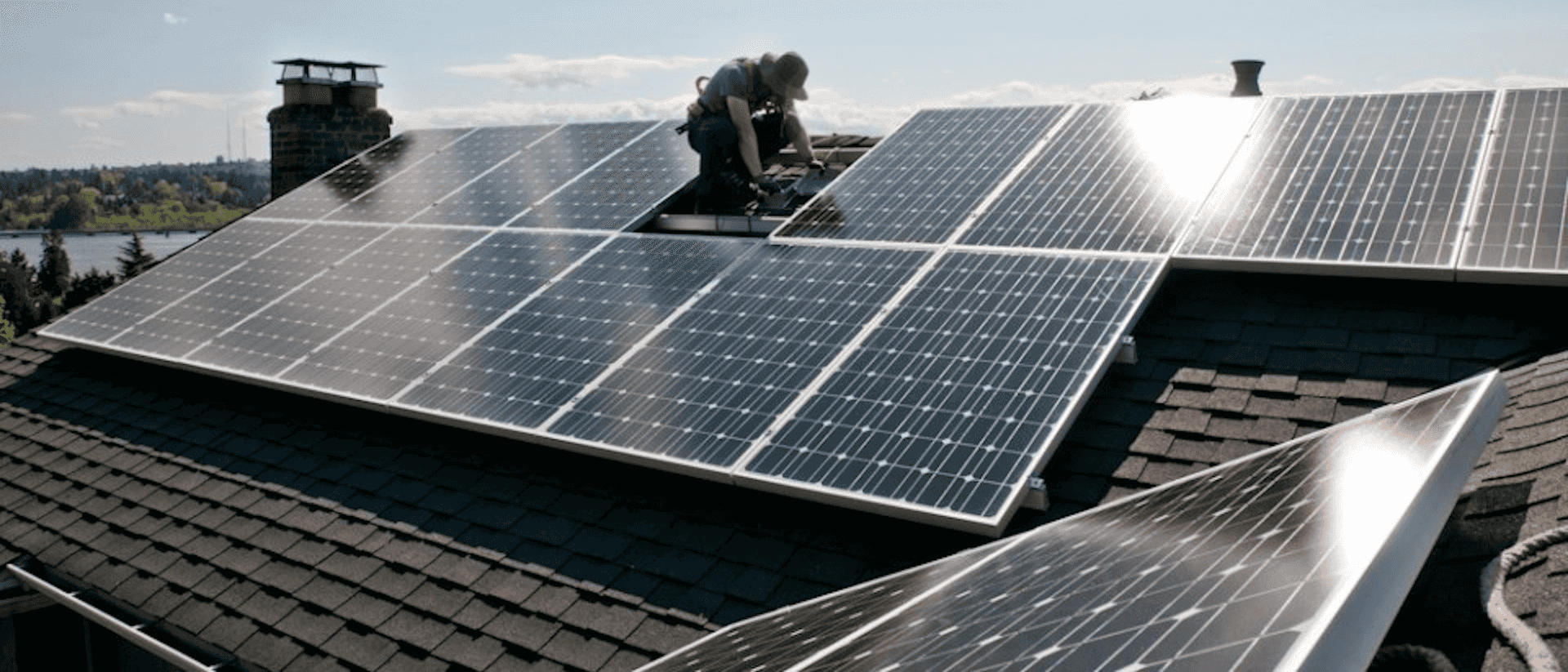
Per capita, Australia leads the way in solar panel installation and uptake, with more than 3 million households and businesses have installed solar panels as of 2022 - a figure that is expected to grow even more in the next few years. With the potential to save money on electricity bills and reduce carbon emissions, it's easy to see why so many Australians are turning to solar power as an energy source. When you factor in the rebates and incentives available to assist homeowners to install solar power systems, it's even easier to understand why solar technology is gaining increased traction.
In this blog, we'll go over the different rebates and incentives available on solar panels in 2023, so you can make an informed decision as to whether equipping your home with solar power is the right move for you. But first, let's cover the history of solar panel rebates in Australia so you can understand the context of the current situation.
Solar panel rebates: A brief history
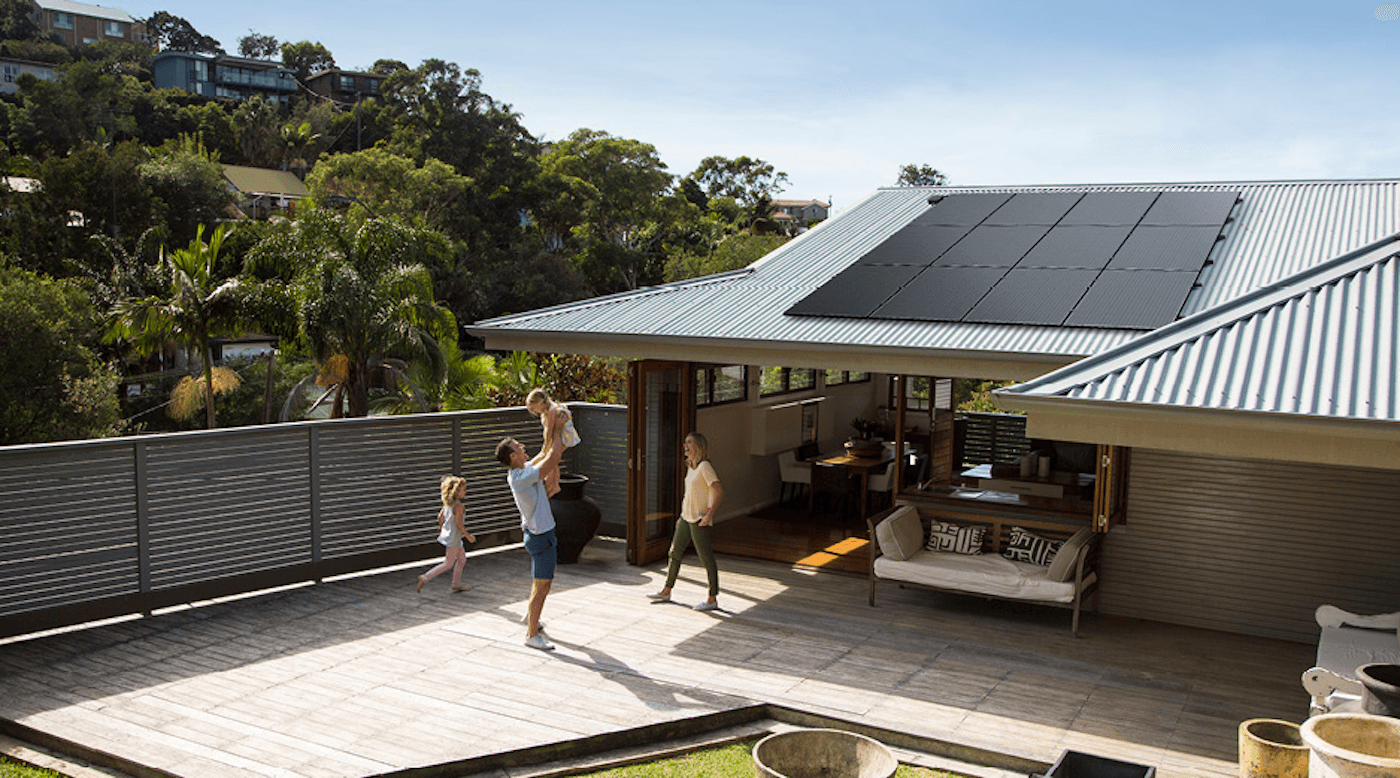
To encourage the use of renewable, sustainable energy resources and decrease our reliance on carbon-based sources as well to reduce greenhouse gas emissions, the Australian government launched their Small-Scale Technology Certificate (STC) solar incentive scheme in 2016. The STC scheme is an integral part of Australia's Renewable Energy Target, and it rewards Australians for choosing to add residential solar systems to their homes.
A Small-Scale Technology Certificate rebate can help you recover some of the expenses associated with installing your solar panel. Due to be phased out on January 1st, 2031, now is an ideal time to take advantage of this opportunity and reap its benefits!
With this in mind, let's take a look at how the STC scheme works in 2023 and how you can use it to reduce the cost of your solar panel installation.
How does the STC solar incentive scheme work?
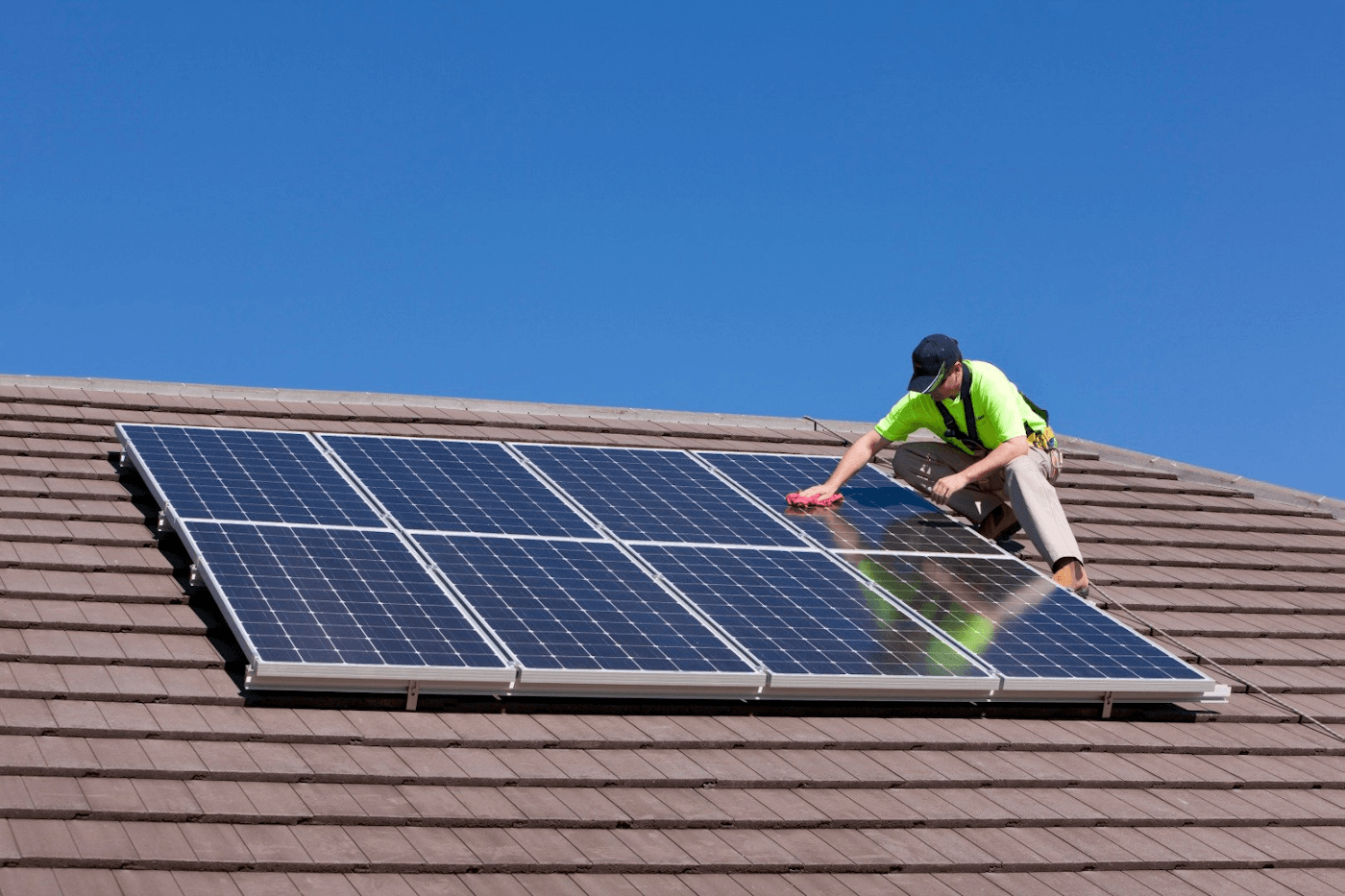
By installing eligible systems under the Small-Scale Renewable Energy Scheme, individuals can create and accumulate small-scale technology certificates. STC certificates can be sold to electricity retailers, who can then use them to meet their renewable energy targets. This system of tradeable certificates has created a market for the sale and purchase of STC certificates, allowing homeowners with eligible solar systems to recover some of their costs.
The value of these certificates is calculated based on the amount of electricity the system generates or replaces from non-renewable sources. Examples of eligible small-scale systems comprise solar photovoltaic (PV) panels, wind turbines, hydro systems, solar water heaters, and air source heat pumps. By accumulating and selling these small-scale technology certificates, individuals have the opportunity to recover a significant portion of their initial outlay to install solar panels or other renewable energy systems.
How much can you save with STC solar rebates?
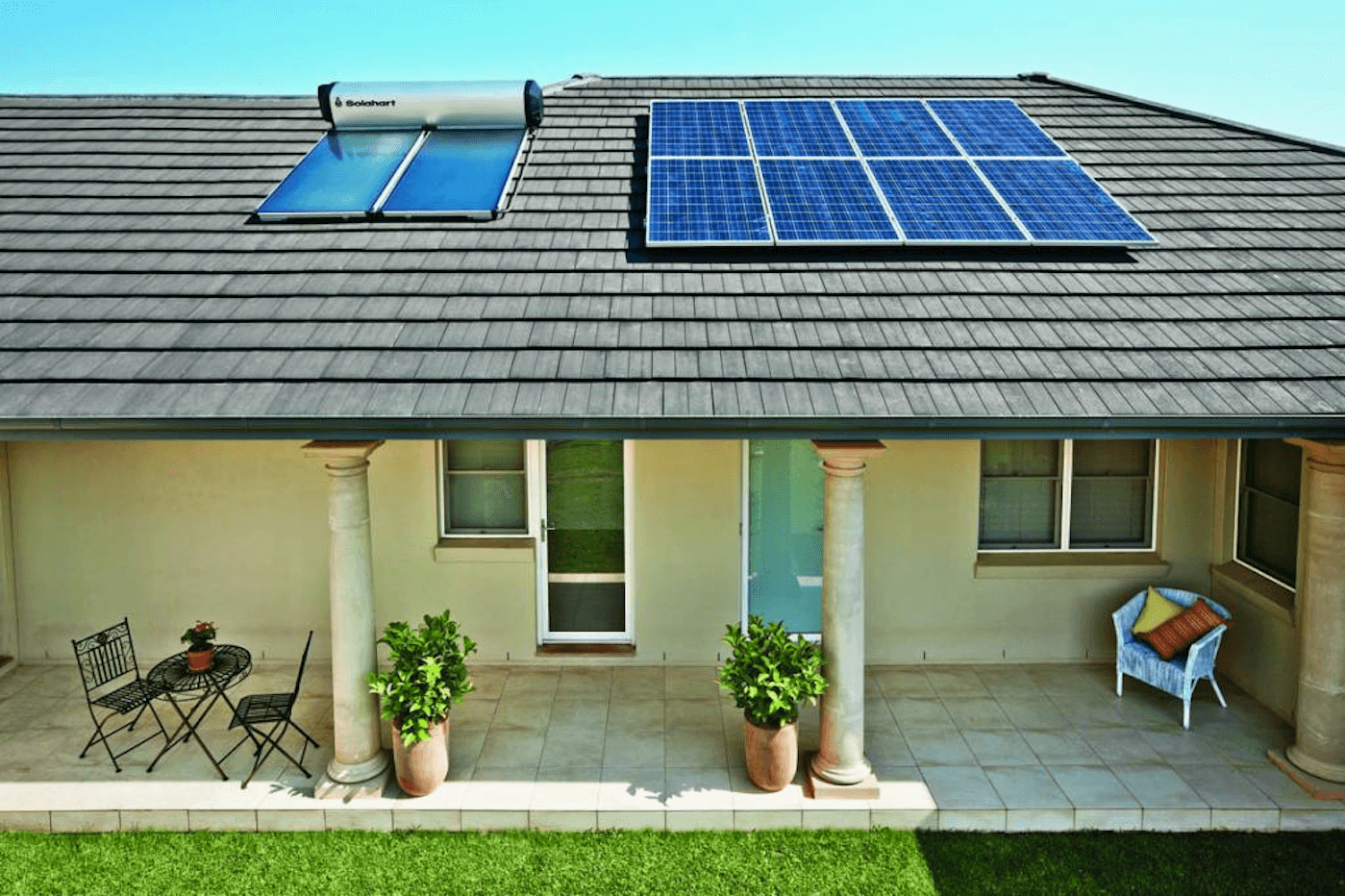
The amount of money that you save through the Small-Scale Technology Certificate scheme very much depends on the size of your solar panel system, the date of installation, as well as geographic location. With the potential to shave thousands of dollars off the price of installing a home solar power system, the STC scheme is aimed at making green technology more accessible to a wider audience.
These STC certificates themselves hold varying value, mainly dictated by market conditions at any given time. In order to ensure a gradual phase-out of the subsidy, the solar rebate has been designed to decrease one-fifteenth annually until it eventually becomes nonexistent in 2031. Therefore, early adopters may find better returns than those who wait until later in the decade.
If you would like to learn how many STCs you can earn based on the size of your system, SolarQuotes has a convenient and easy-to-use calculator.
What other incentives are available?
In addition to the Small-Scale Technology Certificate scheme, solar feed-in tariffs are another important incentive for solar panel owners.
Feed-in tariffs allow you to receive a credit on your energy bill if you sell excess electricity back to the grid. This is particularly attractive for those who generate more electricity than they need, as it allows them to recoup some of their costs by selling their surplus energy.
Feed-in tariffs vary greatly depending on your geographic location, so it is important to check the details of your local arrangements. Usually paid over a fixed period of time, these tariffs are designed to encourage more people to invest in renewable energy systems and help reduce emissions.
If you're looking to find the perfect rate for your solar PV system, you can compare different retailers and their respective fees using the Energy Made Easy website. To qualify for a feed-in tariff, make sure that your household or small business is connected to the National Energy Market via an eligible solar PV system.
What are the other benefits of installing solar panels?
Aside from monetary savings, there are many additional benefits to having a home solar power system. These include reducing your reliance on non-renewable energy sources, lower electricity bills and environmental benefits such as reducing greenhouse gas emissions.
Having solar power also means your home may increase in value, as potential buyers may take into consideration the value of a solar system when considering your property.
Final thoughts

So, if you were wondering, "Is there a federal government solar rebate?" the answer is: yes, there is! The Small-Scale Technology Certificate Scheme and feed-in tariffs are great ways to offset the cost of installing solar panels and reap the rewards of clean energy. Be sure to compare different retailers' tariffs and calculate your STCs before purchasing your solar system to get the most out of these incentives.
By investing in a renewable energy system, you can benefit both financially and environmentally. With the solar energy incentives available, now is a great time to make the switch and go green.
At Driva, we're making it even easier for Australian homeowners to purchase solar energy systems. Whether you are replacing an existing solar PV system with a newer one, or undertaking your first solar installation, we can help. With one of our solar loans, you can take advantage of your local solar rebate and feed-in tariff without forking out the entire cost upfront. We've engineered our loan process to make going solar more affordable and less daunting than ever before. Simply tell us a bit about yourself and your plans for the funds, and we'll match your profile to one of our 30 lenders so you can get the best deal on your solar loan.
Regardless of whether you're looking to improve your home's value or shave hundreds off your electricity bill, Driva is here to make the switch to solar energy a smoother and more rewarding experience. To get started, simply apply online in minutes.
Frequently asked questions
How much is the Australian government's solar rebate?
In 2023, expect to receive approximately $2,590 in subsidies that will be applied toward the total cost of your system. That's an estimated rebate of $396 per kW and equates to 6.6kW x $396 = $2,613 worth of savings.
How much should a 6.6 kW solar system cost?
The typical cost of an 6.6 kW solar system is $9,000. When you factor in the government's solar rebate, this amount is reduced to $6,387.
How much is the Victorian government solar rebate?
If you live in Victoria and purchase a solar system in 2023, you can receive up to $2,474 in rebates as part of the Solar Homes Program that can be claimed in addition to the federal solar rebate. However, it is important to note that the combined household taxable income must be no more than $180,000 to qualify for this incentive.
.jpeg?ixlib=gatsbyFP&auto=compress%2Cformat&fit=max&rect=0%2C0%2C800%2C800&w=500&h=500)

